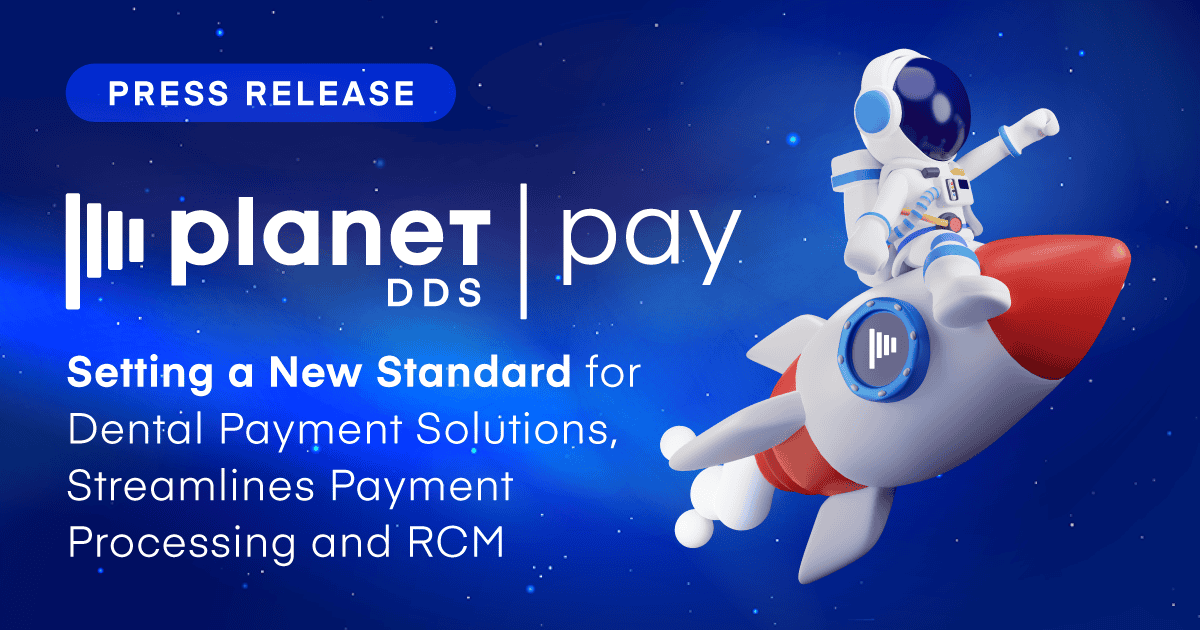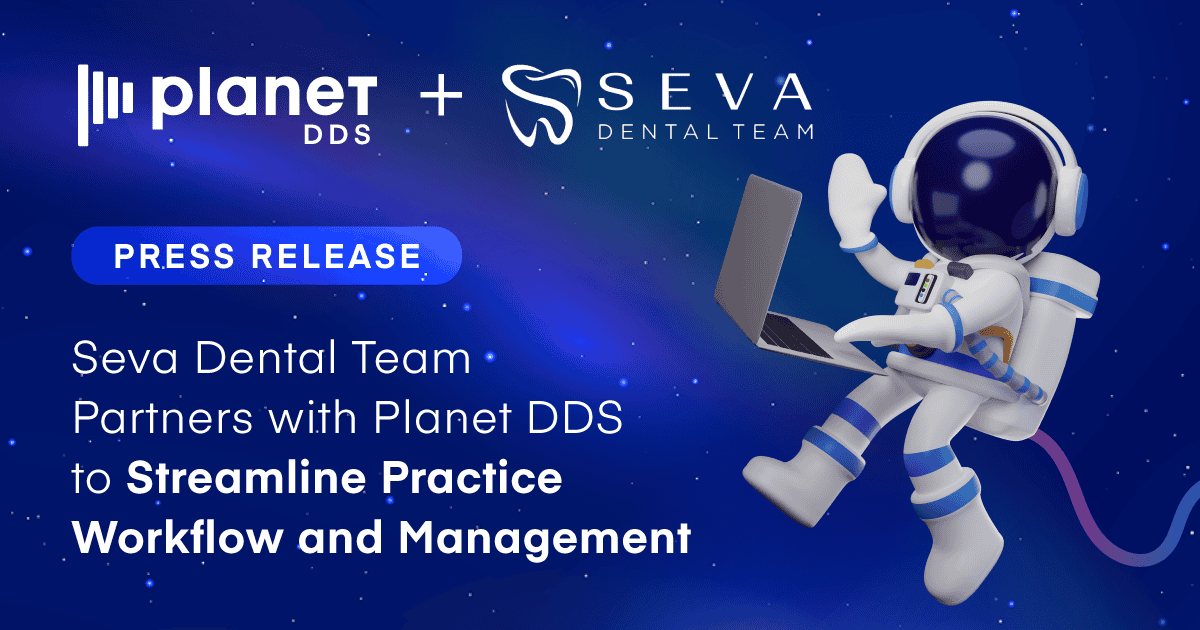What is a Pediatric Dentist? (And The Benefits of Using One)
What is a pediatric dentist and what do they do? We cover all you need to know, including the benefits of using pediatric dentistry services. ✓ Click here!
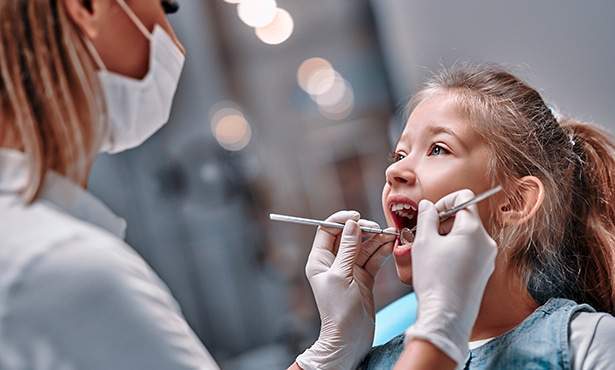
The pediatric dentist meaning specifically refers to doctors who specialize in taking care of children’s teeth. Pediatric dentistry is divided into two broad categories: Preventive Dentistry and Restorative Dentistry. Preventive dentists deal with non-serious dental conditions like cavities, while restorative dentists deal with more serious dental problems like broken teeth.
What Does a Pediatric Dentist Do?
In order to answer the question “what is a pediatric dentist?” we must examine what they do. With that in mind, let’s take a closer look at preventive and restorative dentistry.
Preventive Dentistry
Preventive dentistry is the most well-known aspect of pediatric dentistry. The first step in preventive dentistry is to determine whether there are any risk factors in the child’s life that might cause tooth decay. Examples of risk factors include using a pacifier or thumb-sucking, bottle-feeding, birth before six months, delayed teething, or excessive sweet consumption.
A careful oral examination is necessary to make a proper determination as to whether a child has risk factors or not. For example, it is possible for a thumb-sucking baby to have decay in many of their baby teeth. If the dentist suspects that the child must still be consuming sweet foods, they may suggest that the child stop using the pacifier, use a bottle instead of a binky and avoid thumb-sucking as much as possible. 
Once the dentist has determined that there are no risk factors in play, it’s time for prevention. A healthy diet is the most crucial element in preventing tooth decay. This means avoiding sugary foods and drinks like juice, soda, candy, and fruit snacks. Sugary foods and drinks contribute to tooth decay by giving the teeth a lot of sugar to dissolve, even when they are not being chewed. A diet rich in fruits and vegetables, along with plenty of calcium-rich dairy products, is also very important. A healthy diet will help to strengthen children’s teeth and bones and reduce the risk of decay.
Brushing twice a day is essential to the prevention of tooth decay. A child should brush his or her teeth for two minutes at a time, after each meal and before bedtime. It is important that both parents encourage this habit in their kids from when they are very young. Otherwise, it can fail to be a part of their routine, and teeth decay can begin. 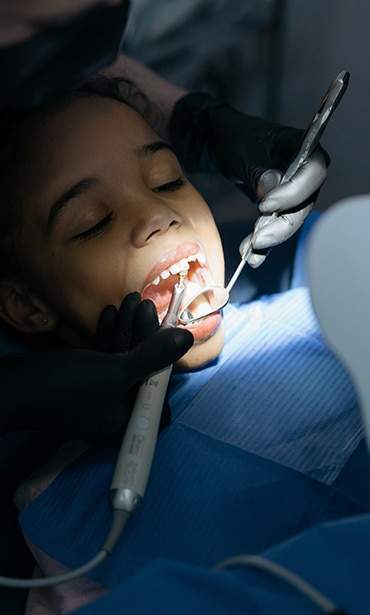
Restorative Dentistry
When answering the question “what do pediatric dentists do?” Restorative dentistry is a crucial part of their role. The two primary types of restorative dentistry for children involve cavities and braces. Let’s take a closer look at each:
A cavity is an area on the tooth that is filled with decay and has new tooth growth covering it. A cavity can be sealed but, in most cases, it is best to have a filling placed in the affected tooth as soon as possible. If a child has a large cavity or multiple cavities, they will be treated by an endodontist. An endodontist is a specialist who deals with all the larger damage to teeth and gums inside the mouth. A problem with a child’s tooth could be several things, from the decay to the nerves being affected. An endodontist is trained to treat these problems correctly and fix the tooth to allow the nerves inside to heal while giving the tooth enough support.
In order for a child to have a healthy, strong and beautiful smile, braces are sometimes necessary. Many different types of braces can be used on different teeth and different kids. Over the years, many types of braces have been developed to help kids deal with all kinds of teeth problems. From rubber bands to retainers, each type of brace has different strengths and weaknesses. Braces are designed so that they can be moved around as needed so that the child with braces can still eat and drink without pain, allowing maximum healing time for broken teeth and healthy gums.
The end result of the work of these pediatric dentists is a child with healthy strong teeth that are very important to their overall health and wellbeing.
What is a Pediatric Dentist Called?
A pediatric dentist is also known by other names. These can include the more colloquial terms “dentist for kids” and “children’s dentist” or the more proper name of pedodontist. 
What is Pedontics?
Pedodontics is derived from Greek words: “pedo” meaning child and “odous” meaning tooth. The term was coined in 1887 by the Swiss dentist Philippe Buchez, who studied the causes and treatment of tooth decay in children.
Pedodontics is the branch of dentistry that specializes in tooth development in children. Pedodontists are responsible for diagnosing and treating conditions related to the mouth and teeth, including tooth decay, gum disease, and patterns of tooth wear.
What is a Pedodontist?
Pedodontists are well-trained specialists who work with dentists to diagnose patients and provide treatment for specific conditions related to a patient’s teeth. They also use modern tools such as ultrasonic imaging to help detect problems before they become serious.
Pedodontists usually work during regular business hours, but some will see after-hours appointments as well. Some work in a variety of settings, serving patients from general and specialty dentists’ offices to public or university clinics. There are also many opportunities for supervised clinical practice, such as starting a home-care practice.
Because of the specialized training needed for this field, a pedodontist must get an undergraduate degree from an approved dental school. Then, they must complete an accredited residency program before taking the boards and gaining certification with the American Board of Pediatric Dentistry (ABPD). 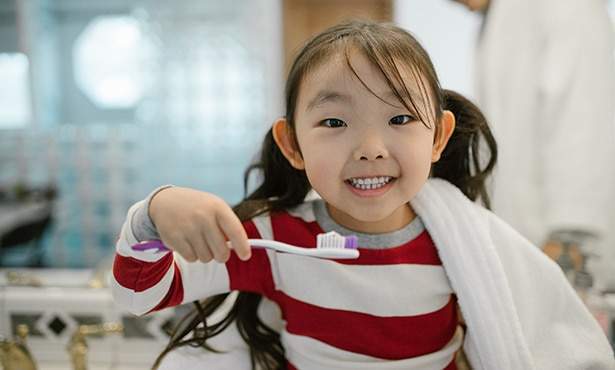
History of Pediatric Dentistry
The history of pediatric dentistry is not very well documented, but a few key advancements have been made throughout the years. With constant advances in dentistry and dental care products, the field has also made progress when it comes to general health as well as better prevention of decay.
The idea of treating children’s teeth is not a new concept. Since ancient times, parents have been looking for ways to treat their children’s teeth. In fact, in the middle ages, some cultures believed that the problems within a child’s teeth would cause problems on the inside of the body. This led to the conclusion that cleaning and fixing a child’s teeth would also help with other health issues as well; it was believed to help with heart problems and improve brain health.
Fast forward to the start of the 20th century, and you’ll find the true start of pediatric dentistry. Alfred C. Fones was the first dentist to start bringing dental practices to children on a large scale. By the 1950s, the American Academy of Pedodontics was established and in the 1960s, the Pediatric Dentistry Training program was developed to specifically teach dentists how to work with children. Today, dental care is considered standard health covered and is even required to be offered to all children under the Affordable Care Act.
Benefits of a Pediatric Dentist
A pediatric dentist can be a skilled and important member of the team of doctors and professionals who work with your child in order to make sure that their teeth and mouth are healthy for all of their developmental needs. This is why it is so important to find a pediatric dentist when you need one because, without them, your child could suffer from serious health problems.
So what are the benefits of finding and using a pediatric dentist?
Helps to Prevent Health Problems
The biggest benefit is that early treatment and prevention help to prevent serious oral health problems from becoming a big issue for your child. When you can go to the dentist at an early age to prevent dental problems, you can catch issues before they become severe. This will make sure that your child can grow up with healthy teeth and gums without having any major troubles. It is important to keep in mind that any oral health problem can grow into something bigger. A simple cavity can turn into a serious disease, or a small mouthful of baby teeth can turn into many problems such as crowding or tooth loss.
Ensures Healthy Growth
Another great benefit of early treatment and prevention is that it helps to ensure your child’s healthy growth. Plus, when you start going to the dentist at an early age, a child has a lower chance of developing an aversion to the dentist. Without early treatment, a child could develop many fears and phobias about the dentist or simply become too scared to visit in the first place.
Keeps Teeth Healthy for Long Periods of Time
The biggest benefit is that you can help to keep your child’s teeth and gums healthy for long periods of time. By visiting the dentist, you can prevent serious oral health problems like tooth loss, gum disease, and cavities before they even have the chance to appear. If your child’s teeth are healthy when they are young, they will stay that way into their adult years so there will be less chance of serious oral health problems.
Choose Cloud 9 Software for Your Dental Practice Management Needs
If you operate a pediatric dental office, Cloud 9 Software can help you streamline your operations. As industry leaders in the field of specialty dental practice management software, we are able to improve efficiency, boost user experience, and minimize workflows. Contact us today to see what we can do for you!

